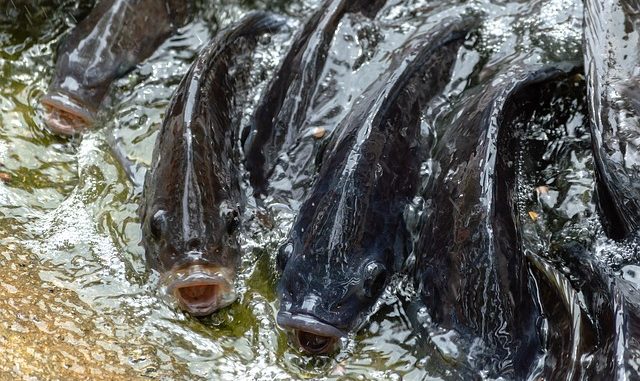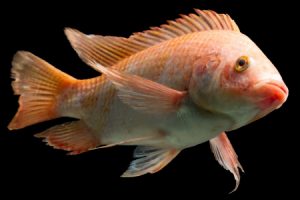

The Nile Tilapia (Oreochromis niloticus L.) is a cichlid fish found in most of Africa and not just the Nile. It has found its way as an escapee into other rivers and is regarded as a pest. It is however an important fish food source for many and was regarded if not still as the fish of the future. It’s worth mentioning that other Tilapia are also kept as food stock including O. mossambicus and O. aureus (Little, 1998).
It is the principal freshwater fish for commercial farming in a number of countries. About 2.8 million tons of Nile Tilapia are produced annually and 75% are now produced through managed aquaculture. Thailand for example produces at least 250,000 tons. Other major national producers are Taiwan, China, Indonesia, Egypt (of course) and the Phillipines (WWF, 2010). Along with many tilapia species grown for food, they effectively use many natural foods, are fairly disease resistant and can tolerate a wide range of difficult environmental conditions. Tilapia generally show rapid growth and spawn in captivity as well (Shoemaker et al., 2000).
Efforts to understand its feeding habits have been significant.
References
Little, D. (1998) Options in the development of the aquatic chicken. Fish Farmer. July/August pp. 35–7.
Shoemaker, C.A., Klesius, P.H., Evans, J.J. (2000) Diseases of tilapia with empasis on economically important pathogens. Proceedings of the 5th International Symposium on Tilapia Aquaculture.
W.W.F.( 2010) Aquaculture. Tilapia.: WWF.



Leave a Reply